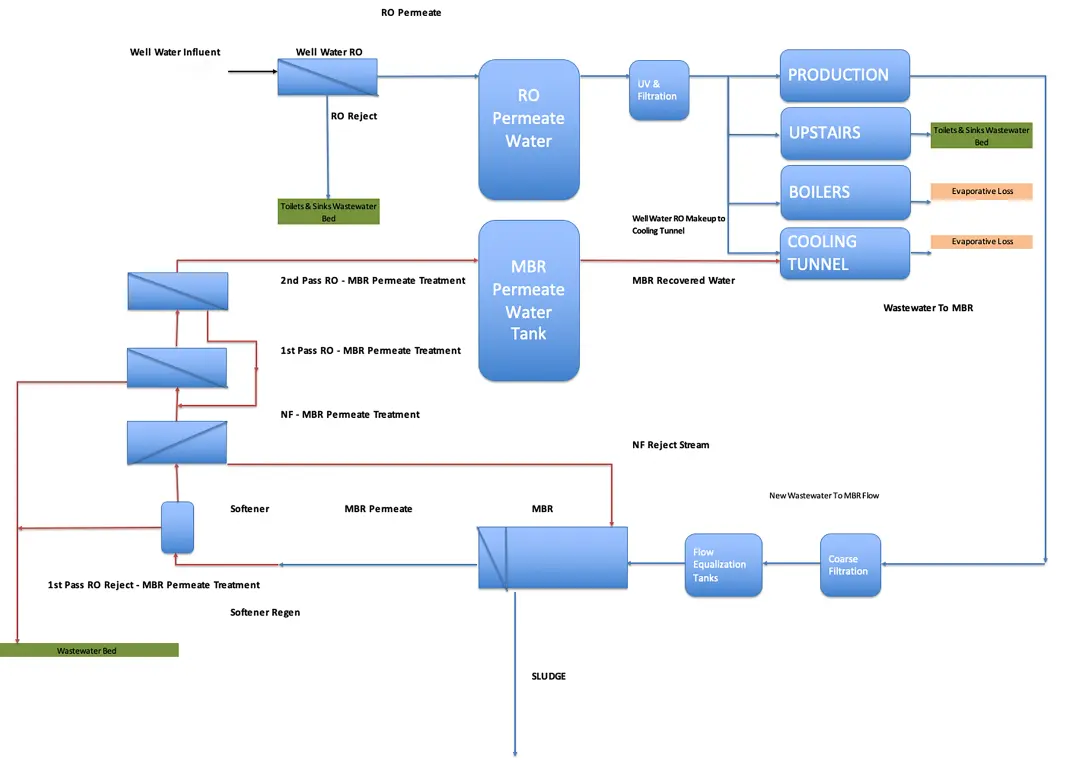Since its founding in 1989, Crofter's Food Ltd has been producing organic fruit spreads, jams, jellies and preserves that stand out from the competition. With respect for the environment and organic principles, the company adopts innovative practices that increase sustainability and the fruity goodness of their spreads.
Additionally, Crofter’s is very community oriented. The company financially supports the preservation of forests, UNESCO Georgian Bay Biosphere and cleaning up the Georgian Bay on Lake Huron.
In 2015, Crofters expanded to a new facility off municipal services. With the environment in mind and to protect their wells they built a Membrane Bio Reactor (MBR). The MBR processes the wastewater to reuse in the facility. In 2018, Crofter's further invested in drastically reducing water consumption. It upgraded its systems to better reuse wastewater. The company faced two challenges: managing the well consumption, and managing the wastewater discharged to a septic bed. To achieve its goals, the company wanted to use wastewater in its pasteurizing cooling tunnel. To do so, wastewater treated by the MBR needed to go through further treatment.
To achieve these objectives, a Crofter’s / Durpro partnership was born. Since the quantity and quality of wastewater used by Crofter’s were unique for this type of application, the solution Durpro proposed was equally unique.
Crofter’s opted for a complete water/wastewater treatment system and water balance that was based on this scheme.

Thanks to the Durpro designed wastewater recovery system, Crofter’s was able to reach their objectives and even surpass them with respect to volume and quality of water recovered.
Find out more about the Crofter's / Durpro partnership by filling out this form.
You will find details on the technologies, techniques and quantities of water and contaminants treated.
High-flow filtration system
Presentation of a filtration system equipped with three Hi-Flow membranes from Suez. Offering a filtration flow rate up to 900 liters per minute and removing contaminants larger than 5 microns.
